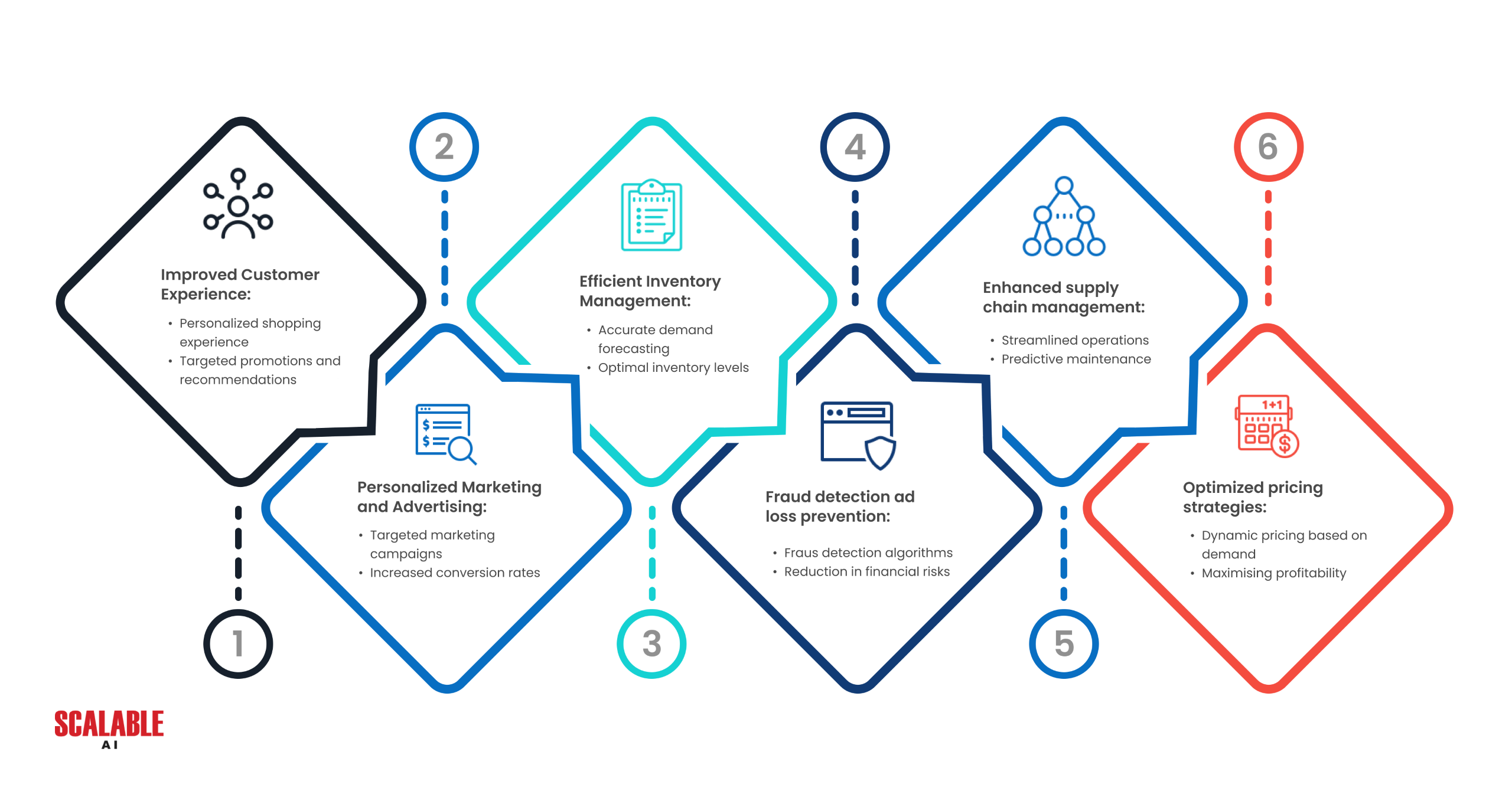Social engagement has become a critical metric for retail businesses aiming to thrive in the digital age. With consumers spending significant time on social media platforms, the potential to convert engagement into tangible revenue is immense. However, the challenge lies in understanding how to transform likes, shares, and comments into sales. This blog explores data-driven strategies that retail companies can employ to turn social engagement into a significant revenue stream.
Understanding the Value of Social Engagement
Social engagement refers to the interactions between consumers and brands on social media platforms. This can include likes, comments, shares, retweets, and other forms of user interaction. While high engagement rates are often seen as a sign of strong brand presence, the real value lies in converting this engagement into sales.
For retail businesses, social engagement provides a wealth of data that can be analyzed to uncover consumer preferences, purchasing intentions, and potential market trends. By leveraging this data, companies can craft targeted strategies to guide consumers from engagement to purchase.
Data Collection and Integration: Laying the Groundwork
Effective conversion of social engagement into revenue begins with robust data collection and integration. Retailers need to gather comprehensive data from social media interactions, including demographic information, engagement metrics, and behavioral patterns.
This data must then be integrated with existing business systems, such as customer relationship management (CRM) platforms and inventory management systems. Integration ensures that the insights derived from social engagement are accessible across the organization, allowing for a more coordinated approach to converting engagement into sales.
Advanced Analytics: Extracting Actionable Insights
The vast amount of data generated by social engagement can be overwhelming, but advanced analytics techniques can help retailers make sense of this information. Techniques such as sentiment analysis, machine learning, and predictive modeling are essential tools for transforming raw data into actionable insights.
- Sentiment Analysis: By applying sentiment analysis to social media interactions, retailers can gauge customer opinions and emotions regarding their products and services. This understanding allows businesses to adjust their offerings and marketing strategies to align with consumer sentiment, increasing the likelihood of conversion.
- Predictive Modeling: Predictive analytics can forecast future consumer behavior based on past social engagement. For example, if a specific product garners significant attention on social media, predictive models can estimate the potential sales increase, allowing retailers to optimize inventory and marketing efforts accordingly.
- Behavioral Analytics: Analyzing patterns in social media interactions can reveal valuable insights into consumer behavior. Retailers can identify trends such as peak engagement times, preferred content types, and popular products, enabling them to tailor their marketing strategies to better meet consumer expectations.
Personalization: Crafting Targeted Experiences
Personalization is a key driver of revenue in the retail sector, and social engagement data provides the insights needed to create highly personalized experiences. By analyzing social interactions, retailers can segment their audience based on preferences, interests, and behavior, allowing for more targeted marketing efforts.
For instance, if a customer frequently engages with posts about a particular product category, the retailer can deliver personalized recommendations, offers, and content related to that category. This level of personalization increases the likelihood of conversion, as consumers are more likely to respond positively to tailored experiences.
Real-Time Engagement: Capitalizing on Immediate Opportunities
Real-time engagement is crucial for converting social interactions into sales. Retailers need to be able to respond quickly to social media interactions, whether it’s addressing customer inquiries, capitalizing on trending topics, or launching flash sales.
By leveraging real-time data analytics, retailers can monitor social media in real-time and make informed decisions on the fly. For example, if a product starts trending on social media, the retailer can quickly promote it through targeted ads, adjust inventory levels, and offer time-limited discounts to capitalize on the buzz.
Measuring Success: Key Performance Indicators
To ensure that social engagement efforts are translating into revenue, retailers need to track key performance indicators (KPIs) that reflect the effectiveness of their strategies. These KPIs may include conversion rates, average order value, customer acquisition costs, and customer lifetime value.
By continuously monitoring these metrics, retailers can identify which social engagement strategies are most effective at driving sales and make data-driven adjustments to optimize their efforts. Additionally, A/B testing can be employed to experiment with different approaches and determine which tactics yield the highest ROI.
Conclusion
Converting social engagement into revenue is not just about increasing the number of followers or likes; it’s about using data to understand consumer behavior and craft strategies that lead to sales. Retailers who harness the power of advanced analytics, personalization, and real-time engagement will be well-equipped to turn social media interactions into a significant revenue stream. By focusing on the data-driven aspects of social engagement, retail businesses can ensure that their efforts lead to tangible financial outcomes, ultimately driving growth in an increasingly competitive market.
Read Whitepaper From Likes to Leads:Leveraging Social Data for Business Success

